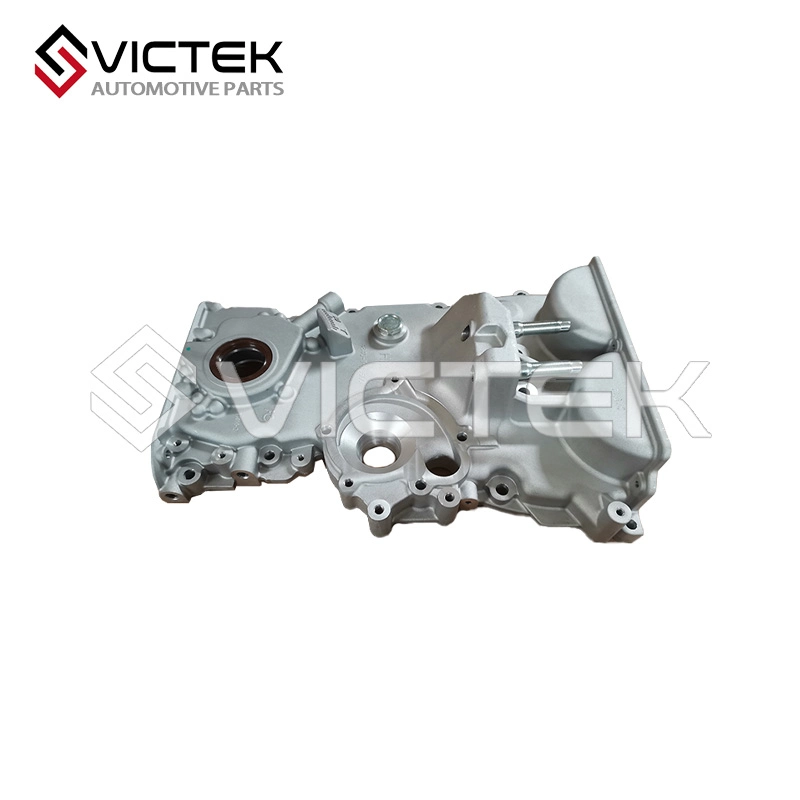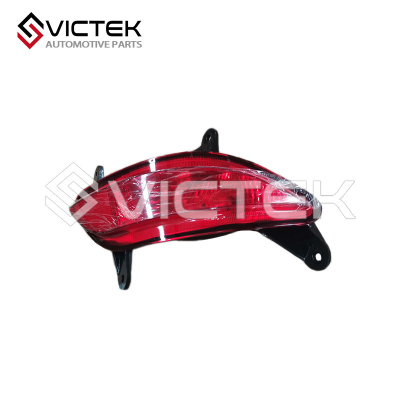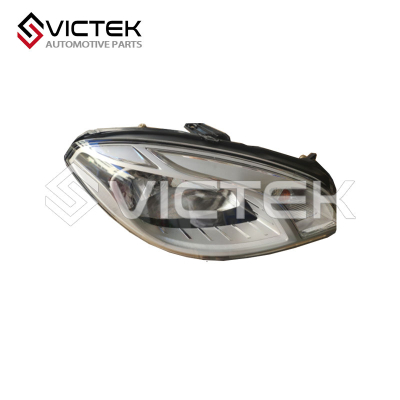484Q-10-500-T
Supply oil to moving parts: Pushes oil to pistons, camshafts, bearings, and valve train components—creates a lubricating barrier that reduces friction (avoids metal-on-metal wear).
Regulate oil pressure: The built-in pressure relief valve keeps oil pressure within the 484Q engine’s safe range (usually 20–60 psi when running)—prevents damage from too little pressure (starves parts) or too much (ruptures oil passages).
Filter out debris: The inlet screen traps dirt, metal shavings, or sludge from the oil pan—stops contaminants from reaching sensitive engine parts (prevents scratches or clogs).
Fits These: All Haima S7 variants equipped with the 484Q engine (matches oil flow needs, mounting points, and pressure specs—confirm via VIN).
Won’t Fit These:
Haima S7 with other engines: If your S7 has a different engine (not 484Q), the oil flow requirements and engine block mounting differ (pump won’t work or leaks).
Other Haima models: Like S5, M6, or F7—different engine designs, oil pump sizes, or drive systems (no functional fit).
Non-Haima vehicles: Even if the shape looks similar, their engine block specs and oil pressure needs don’t match (causes oil starvation or pressure damage).
Prep: Drain the S7’s engine oil and remove the oil pan (accesses the pump). Disconnect the pump’s drive connection from the crankshaft (may need to remove other engine parts like the timing chain/belt).
Remove old pump: Unbolt the old pump from the engine block—check for oil leaks or damage to the mounting surface (repair if needed). Clean the oil pan and inlet screen to remove debris.
Install new pump: Apply a thin layer of oil-resistant gasket sealant to the pump’s mounting surface (prevents leaks). Bolt 484Q-10-500-T to the engine block (tighten to Haima’s exact torque specs—over-tightening cracks the block). Reconnect the crankshaft drive and replace the oil pan.
Test: Refill the engine with the correct oil type (check Haima’s manual). Start the engine and use a pressure gauge to verify oil pressure (should be within 20–60 psi). Check for leaks around the pump and oil pan.
Change oil regularly: Old, dirty oil clogs the inlet screen and wears the pump’s gears (follow Haima’s schedule—usually every 5,000–7,500 km).
Check oil pressure monthly: If the S7’s oil pressure light comes on (or gauge reads low/high), stop driving immediately—have the pump checked (low pressure = starvation; high = valve failure).
Inspect inlet screen during oil changes: Clean or replace the screen if it’s clogged with debris (ensures steady oil flow to the pump).
Avoid low oil levels: Never run the S7 with low oil—starves the pump of oil (causes gears to grind and fail).
Fits: All Haima S7 variants with the 484Q engine (matches oil flow needs, mounting points, and pressure calibration; confirm via VIN).
Won’t Fit: Haima S7 with non-484Q engines, other Haima models (e.g., S5, M6), or non-Haima vehicles—differences in engine design, oil requirements, or mounting cause failure/leaks.
Oil supply: Pushes oil through engine passages to coat moving parts, avoiding metal-on-metal wear.
Pressure regulation: Relief valve keeps pressure within 20–60 psi (safe range for 484Q engines), preventing oil line bursts or part starvation.
Debris filtration: Inlet screen traps dirt/metal shavings, protecting sensitive engine components from scratches/clogs.
Requires certified technicians (2–3 hours): Involves draining oil, removing the oil pan/timing components, and precise mounting (torque specs must follow Haima standards to avoid engine block damage).
Post-install test: Refill with correct oil, verify pressure with a gauge, and check for leaks around the pump/oil pan.
Regular oil changes: Follow Haima’s schedule (5,000–7,500 km) to prevent screen clogging and gear wear.
Monthly pressure checks: Stop driving if the oil pressure light/gauge shows 异常 (low = starvation; high = valve failure) and inspect the pump.
Screen inspection: Clean or replace the inlet screen during oil changes to maintain steady oil flow.
Avoid low oil levels: Prevents pump gear grinding and oil starvation.
Contact us































